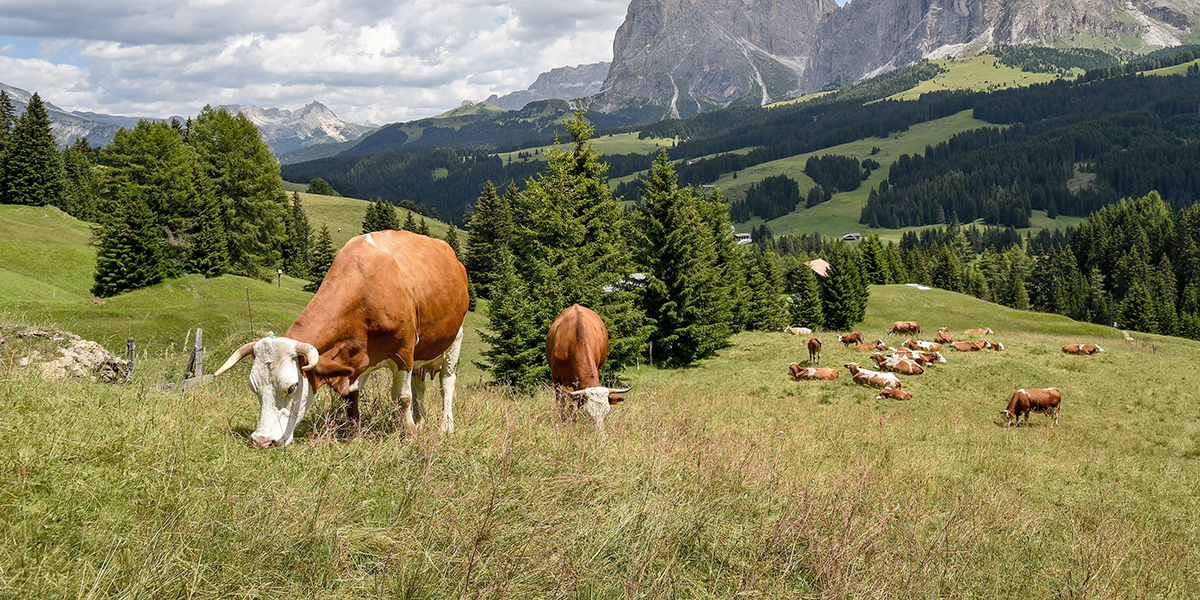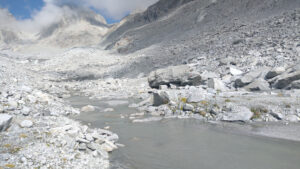As part of the Biodiversity Monitoring in South Tyrol, we introduced the use of remote sensing to detect habitat heterogeneity and model it with the bird communities found in 118 agriculturally dominated sites, such as meadows, pastures or intensive orchards up to an elevation of 1800 meters.
We made use of two types of data: satellite images and images obtained through aerial laser scanning.
We analyzed the satellite images through the NDVI (Normalized Difference Vegetation Index), which measures the amount of light reflected by different types of plants and thus allows us to understand how the vegetation is composed.
In contrast, the aircraft that flew over South Tyrol provided LiDAR (Laser Imaging Detection and Ranging) data on vegetation height, allowing us to classify vegetation into its various component layers (herbaceous, shrub or tree) and to calculate metrics of structural heterogeneity.
“Compared to habitat mapping based on land use maps or field surveys, the use of remote sensing data allows for a more objective and repeatable analysis, with significantly less fieldwork effort,” explains our ornithologist Matteo Anderle, who identified the bird species present at the 118 sites to analyze the relationship between bird communities and different aspects of habitat heterogeneity.
The results confirmed that habitat heterogeneity in agricultural settings is essential for forming rich and diverse bird communities. This is especially important in impoverished valley bottoms, where intensification and homogenization of the landscape are massive. Our study shows how increased heterogeneity would benefit overall biodiversity. Landscape elements between fields, such as dry stone walls, individual trees, hedgerows, tree rows, or small forests, should be preserved and restored, because in addition to fostering biodiversity, they contribute to increasing the cultural value of agricultural landscapes.
The scientific article was published in the journal Basic and Applied Ecology and can be freely accessed here: https://www.sciencedirect.com/science/article/pii/S1439179123000208#ack0001



